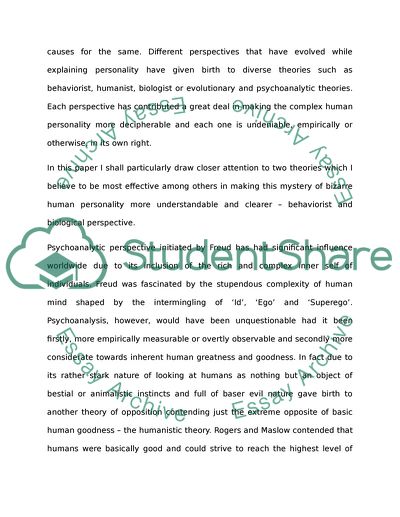Cite this document
(The Reliability of Behaviorist and Biologist Personality Theories Research Paper, n.d.)
The Reliability of Behaviorist and Biologist Personality Theories Research Paper. Retrieved from https://studentshare.org/social-science/1736403-personality-theory-project
The Reliability of Behaviorist and Biologist Personality Theories Research Paper. Retrieved from https://studentshare.org/social-science/1736403-personality-theory-project
(The Reliability of Behaviorist and Biologist Personality Theories Research Paper)
The Reliability of Behaviorist and Biologist Personality Theories Research Paper. https://studentshare.org/social-science/1736403-personality-theory-project.
The Reliability of Behaviorist and Biologist Personality Theories Research Paper. https://studentshare.org/social-science/1736403-personality-theory-project.
“The Reliability of Behaviorist and Biologist Personality Theories Research Paper”, n.d. https://studentshare.org/social-science/1736403-personality-theory-project.


